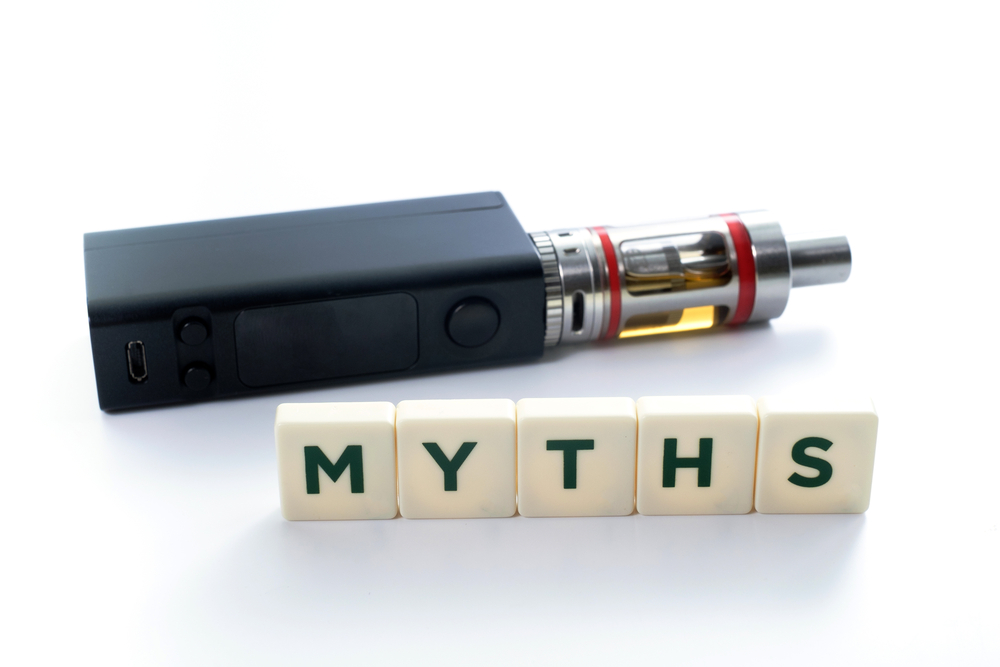Myth Busting Vaping Assumptions

Vaping has long been one of the most successful nicotine alternatives among ex-smokers. An Independent Review by Public Health England in 2015 provided statistics indicating that vaping is 95% less harmful than smoking is. This is a huge draw for ex-smokers and those looking to quit, especially when you factor in almost instantaneous health results from giving up cigarettes for good.
It’s surprising then that the number of regular vaping wholesale suppliers customers is still less than there are smokers in the UK. Only around 6% of adults vape, whilst dual tobacco and vape users has shrunk exponentially since 2012. This indicates that among vapers, awareness of its benefits has increased whilst those who don’t yet vape are not being drawn to or are not exposed to the facts effectively enough. Indeed, there are many assumptions surrounding vaping that are still prevalent in UK society which could deter people from making the less dangerous switch from tobacco.
This blog will explore some of the misconceptions surrounding vaping culture that have misled potential users, and what the facts surrounding vaping actually are.
E-Cig Companies Target Minors
There has been a lot of debate in recent years about the flavours marketed by e-liquid manufacturers. Many people worry that sweeter flavours might draw children to vaping deliberately so as to gain more customers earlier on. All vaping products are prohibited for sale to minors and a lot of measures are in place to ensure that online retailers ID deliveries and don’t sell to young people. It is true that vape products often advertise sweet flavours that are palatable to many ages, but the reason for this is not to draw in children but ex-smoking adults who will almost definitely be attracted to the tasty flavours over the bad taste of cigarettes.
Vaping Causes Bronchiolitis
Bronchiolitis – or popcorn lung to most – is a lung disease that a chemical in vape product flavourings was proven to cause. However, the flavouring in question, diacetyl, has been phased out of vape products on account of this revelation. Alongside the banning of diacetyl in buttery flavoured e-liquid (including our very own Nicohit e-liquid flavours) the condition coined popcorn lung was only prevalent in people who had high-level exposure to concentrated diacetyl, mostly workers in factories handling the chemical. Even with the rarity of vape liquid associated cases, the chemical and similar ones have now been phased out of e-liquids.
Nicotine Is the Harmful Ingredient in Tobacco
It’s true that nicotine is highly addictive, one of the most addictive chemicals on the planet no less, but it is merely the “hook” for tobacco rather than the physically dangerous chemical nicotine creates addicts, who then expose themselves to high levels of carcinogenic chemicals that are created by tobacco smoke, not the nicotine. Nicotine in e-liquid is part of heat not burn system, which sheds the dangerous chemicals caused by smoke through an electronically powered heating system.
Vaping Costs More Than Tobacco
Whilst a vape device may cost you between £10 and £100, these devices are long term investments and well worth it when you factor in the low cost of e-liquid. Pre-filled vape liquids can cost anything from £3 per 10 ml bottle, which can last users up to a week dependent on their vape habits. E-liquid prices are not affected by nicotine concentration either, many costing the same regardless of the amount they have in them.
E-Cigs Aren’t Regulated
A common claim from anti-vapers is that there is no regulation of vape liquids on the market. In the UK at least, this is far from true. The Medicines and Healthcare Products Regulatory Agency – or MHRA – are one of the strictest of its kind in the world and ensure that all vape companies and brands present them with all the ingredients they are using in their flavourings and e-liquids. This is especially important, as some flavourings can be safe for ingestion but not for inhalation. The UK governing body on nicotine products must ensure that vape products don’t breach standards for safe ingredients, and that paired with the TPD laws of 2017 means that e-cigs are more than regulated.
E-Cigs Don’t Help Quit Smoking
Whilst there is a minority of e-cig users – especially amongst younger generations – who began vaping before they smoked, most vapers are ex-smokers. In a test made up of ex-smokers, the National Institute for Health Research found that 18 percent of test subjects who used to smoke, were still abstinent from tobacco after 12 months of vaping. This is considerably more than the success of other nicotine replacement therapies. Nicotine gum and patches were only half as useful as e-cigarettes in getting people to quit for good.
A lot of the reason for e-cigarettes success as a smoking cessation tool is that it has customizability all of its own whilst still retaining some of the features of tobacco smoking that became a habit for ex-smokers. These include the shape and the fact that users must inhale the vapour, much like they would smoke.
E-Liquids Contain Anti-Freeze
This misnomer is understandable, e-liquids do use some of the same ingredients as anti-freeze does, but do not contain anti-freeze itself. Propylene glycol is an ingredient in e-liquid that helps to carry the flavourings and nicotine within the liquid. All e-liquids contain this compound, which is derived from either petroleum or vegetable sources. Many other products utilise propylene glycol including foodstuffs for preserving goods, pharmaceuticals and cosmetics, proving that countless safe to ingest products use the multifaceted ingredient.
Second Hand Vapour Is Just Like Passive Smoking
Passive smoking has been a massive driver for tobacco curbing in society. Our perceptions of the product have changed drastically since it was proven that many of the toxins in smoke can be inhaled second-hand from those around the smokers. This is especially dangerous for children and pregnant people. Fortunately, the lack of dangerous chemicals in vapour means that all second-hand inhalers are left with is the smell of your vapour, which of course necessitates some decorum and politeness from vapers in confined spaces.

